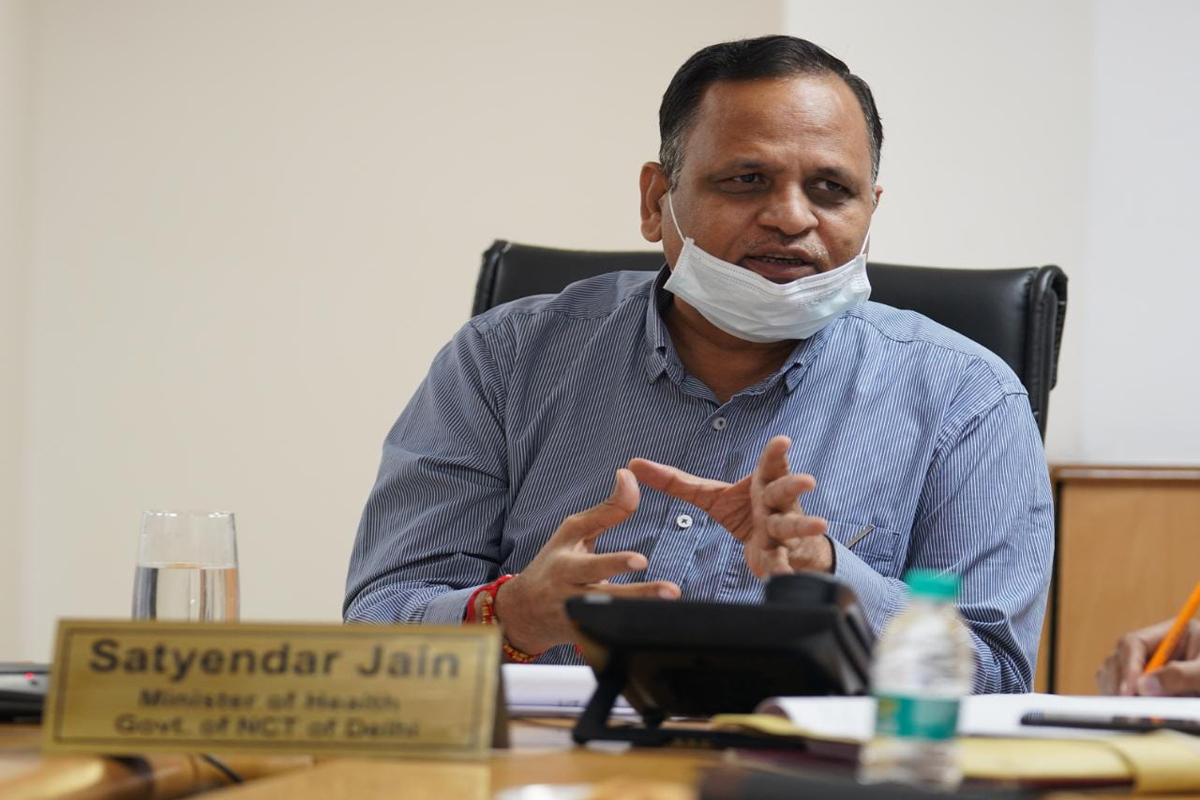To clean Yamuna, the Delhi Jal Board (DJB) has decided to automate 116 SPSs (Sewage Pumping Stations) around the city by installing IoT (Internet of Things) devices to prevent overflowing of sewage and allow timely discharge from these pumps into sewage treatment plants.
As soon as the sewer water crosses the threshold level in the tanks situated in these stations, the officials of the DJB will get the information through the monitoring device, if the pumps have not been turned on.
Advertisement
In such a situation, the time to start the Sewer Pumping Station (SPS) will easily be ascertained, so that the sewage can be pumped towards the sewage treatment plant on time and there is no additional pressure in the sewer line.
Regarding this, Water Minister Satyendar Jain said that due to the untimely operation of SPS, several problems including sewage overflow and sewer line blockage were on the rise in many places.
“This action, in addition to preventing overflow, will also stop sewer lines from becoming clogged, improve the performance of Delhi’s STPs, and keep drinking water supply safe from getting mixed with sewage lines,” said Jain.
According to Jain, “With the increase in the population of Delhi, there has also been an increase in sewage. Now SPSs are being operated systematically with the help of the device. These devices not only contribute to the successful operation of pumping stations but also play a vital role in automatically regulating the urban sewerage system.”
Jain added, “The Delhi government has set a target of cleaning the Yamuna river completely in the next three years by February 2025. A plan to connect 100 percent of Delhi’s houses with sewer lines has been set up.”











